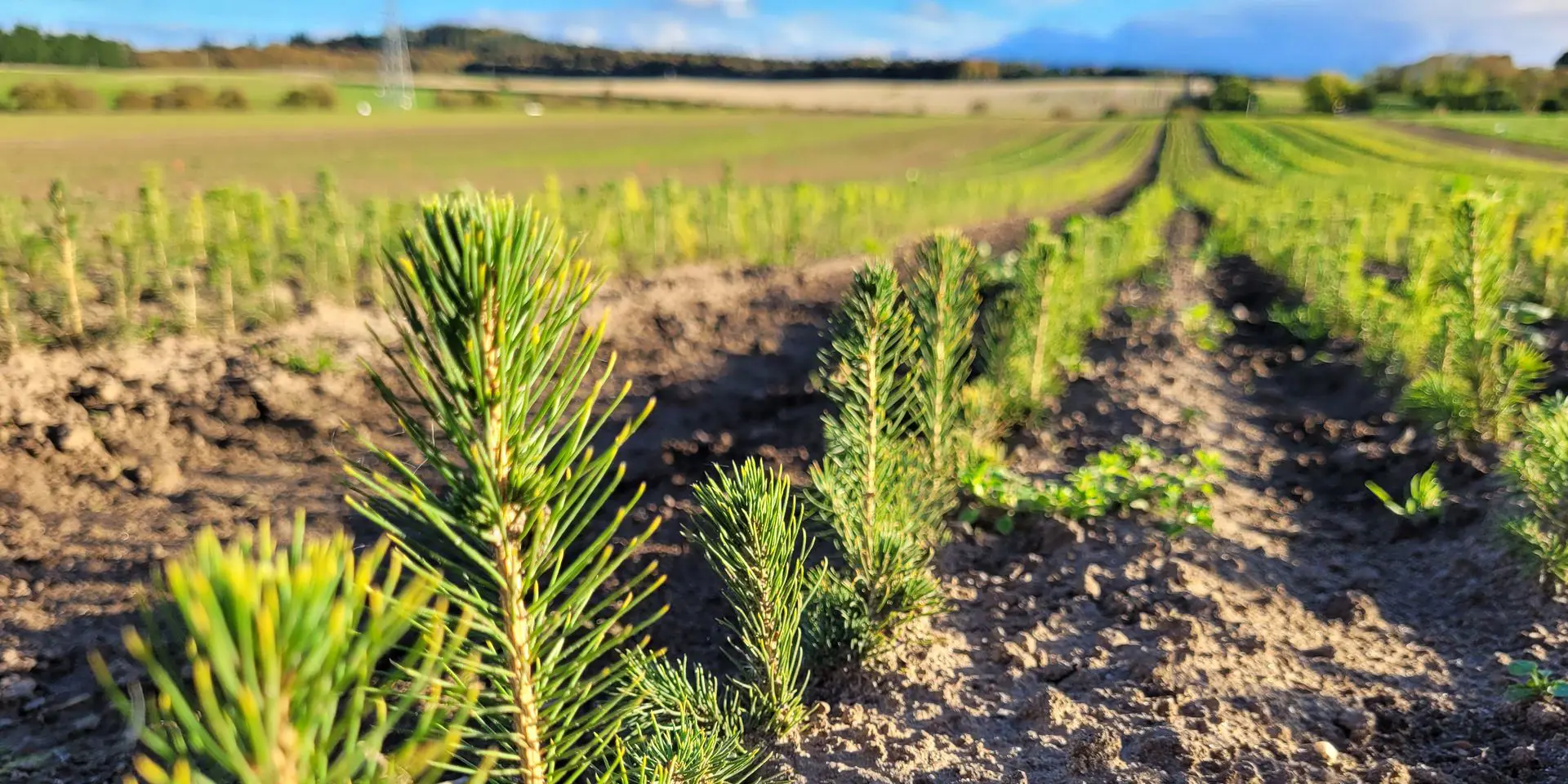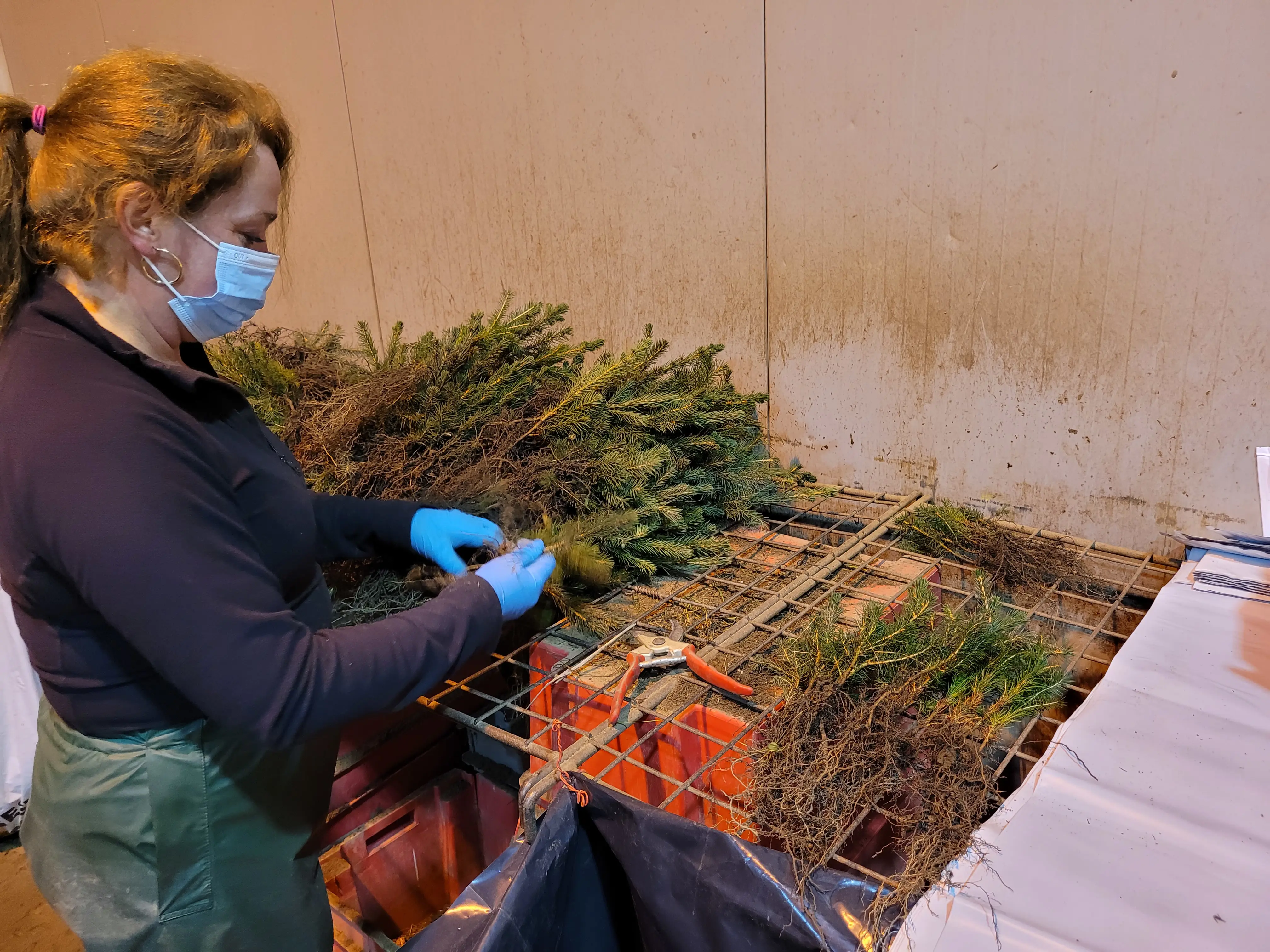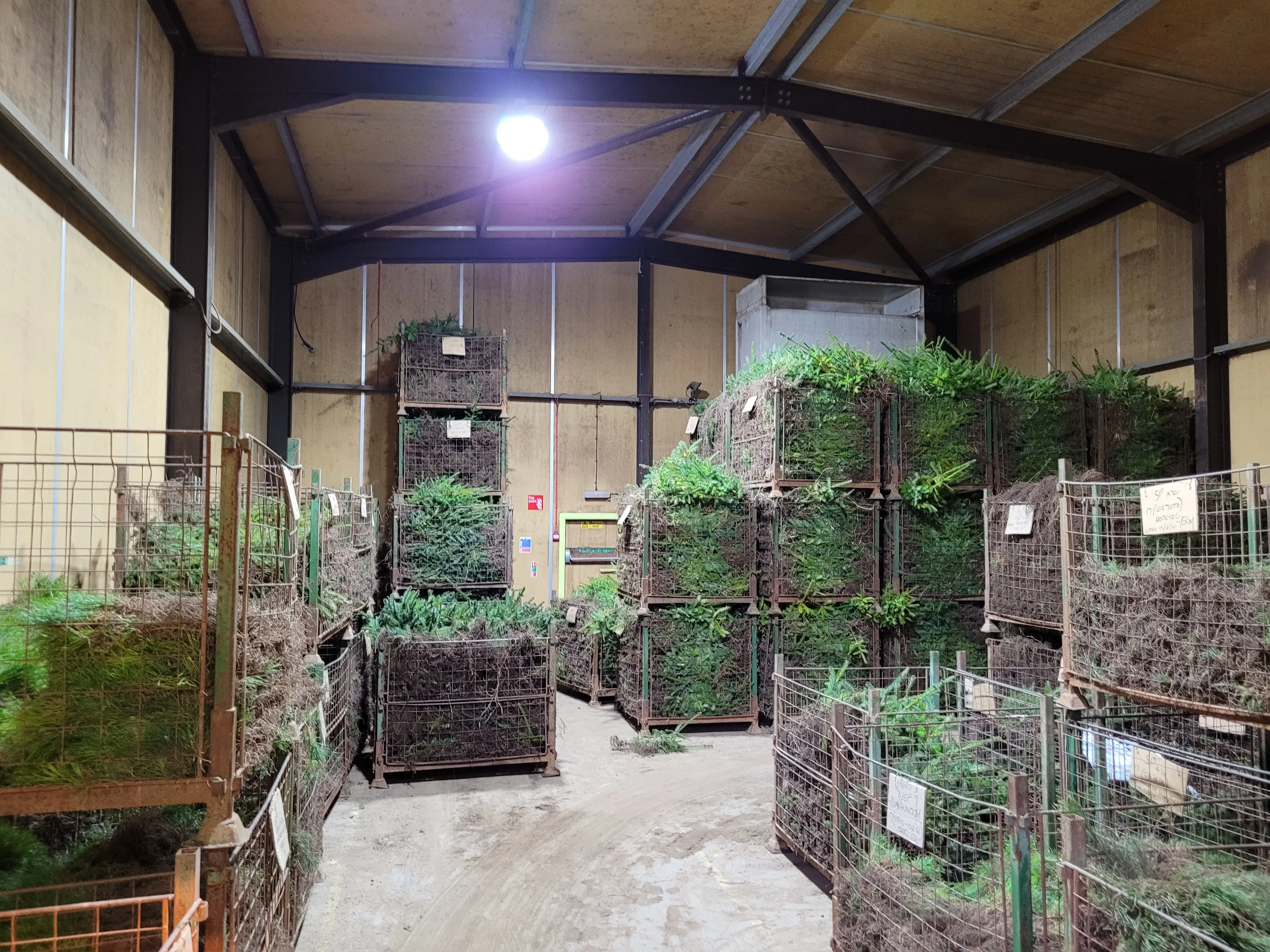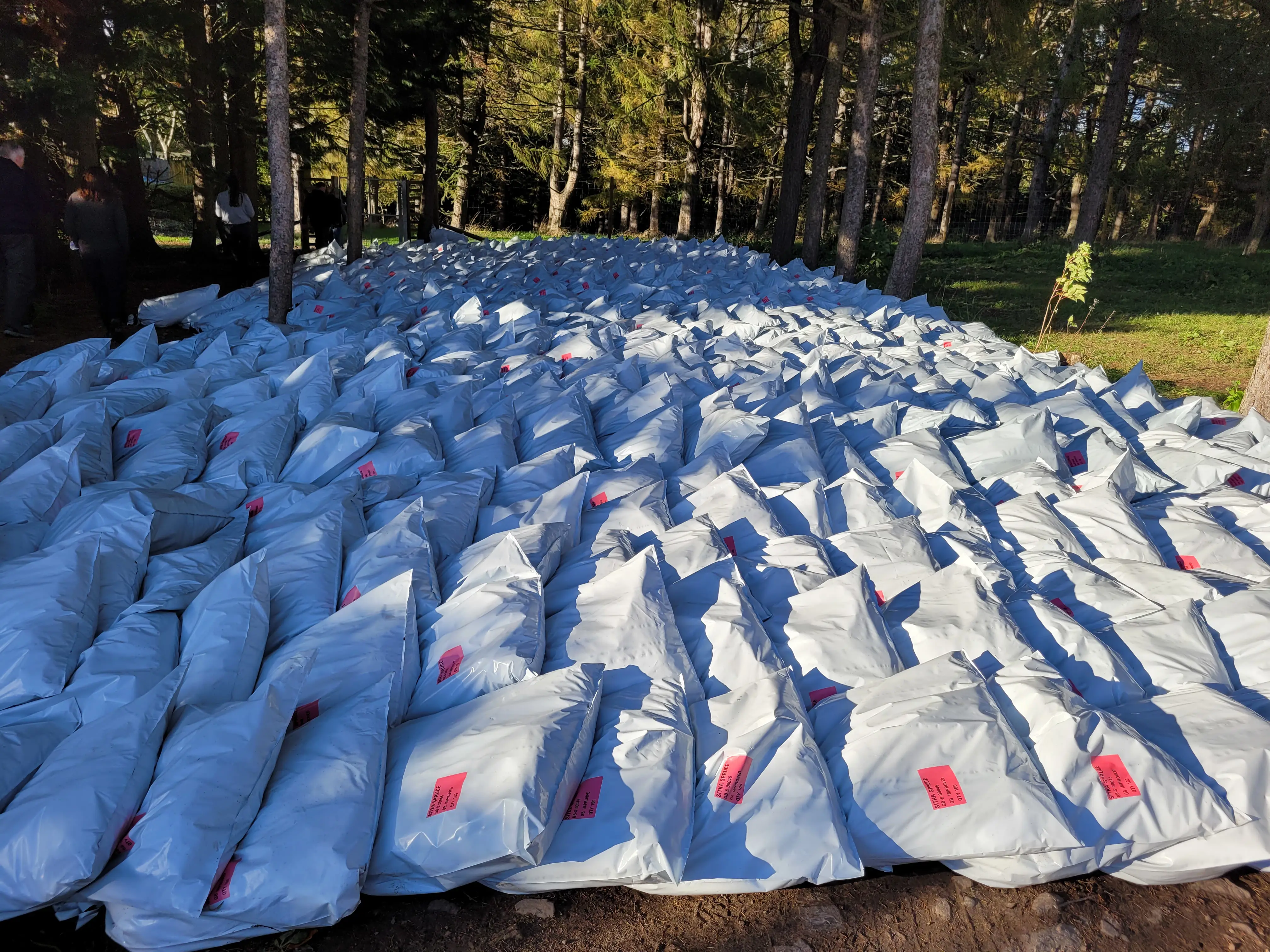Seed to sapling
Recently we delved into the process of collecting seeds to grow our trees. With 25 million trees planted in our forests every year, we need a lot of seeds. But what happens once we’ve got them? How do our seeds become forests? And how long does it take?

It sounds strange, but unlike seeds for your garden, we don’t initially plant seeds where we want the tree to grow. Sowing seeds directly onto land in the wild is extremely wasteful as most seed will not end up surviving to become a tiny tree. This is due to several factors like being eaten by animals, spoiled by extreme weather, or otherwise damaged. In turn, this will produce an inconsistent stand of trees and doesn’t maximise the use of our valuable seeds. Instead, we take our seeds and sow them in a controlled environment known as a tree nursery.
In the past we had many small nurseries across Scotland, but these days we have one large nursery at Newton, near Elgin, in north-east Scotland. The region sees a surprisingly high amount of sunshine and not too much rainfall. This makes it an ideal location for growing, and ours is not the only tree nursery in the area.
The nursery environment looks and runs much like a farm. When the time is right, we broadcast sow the seeds initially in metre-wide beds around 100m long. At this point, the seeds grow in random locations within the rows. We then ensure weeds are removed and the entire nursery is fenced to protect them from animals, giving them the best chance to grow.

Once our seedlings grow to a certain height, which is dependent on species, we lift them up from these beds and move them into beds in long lines, a process called lining-out. This allows us to give more space to each tree so it can continue to grow. Eventually, our seedlings reach a height where we can prepare them for moving to forests across the country. Heights vary but are typically between 15 and 40cm depending on the species. This whole process might take up to three years.
We’ve been working with the Scottish Government-backed CivTech team for several years to find solutions to common forestry issues. Innovations from this program have included TreeTape and SilviBio.
TreeTape is a mechanised process of planting. Tiny 50mm tall trees previously grown from seeds in a glasshouse are placed in miniature paper pockets filled with Coir substrate (coir is made from coconuts). The TreeTape machine is able to plant around a million of these transplants in a day, compared to about 60,000 by existing machinery. We are still trialling this technology but it holds immense promise for making our nursery more efficient. You can find out more about this award-winning system in our news report.
SilviBio is a specially formulated coating applied to seeds, and corresponding soil treatment. The eco-friendly formula traps moisture around the seed so they do not dry out. This has improved germination rates and means a more consistent crop is produced. Find out more in our news report.
Our nursery then gets an order from a regional team for so many thousand trees of a particular species. Using a specialist machine we can pull up the saplings and gather them in large crates. In our processing warehouse, they are graded into different sizes, culled or occasionally put back into the beds for further growth and packed into large bags for transportation. These bags can be taken directly out to the forest to be planted.
When the weather is good we take advantage of that to lift as many transplants as possible to fill our humi store so that when the weather turns bad we can continue to work indoors to complete orders by grading and treating the trees with insecticide to protect against Pine Weevil and then bagging them up for despatch. Our specialist humi store is kept cool with a high humidity to preserve the trees out of soil.
When all the trees are ready, transportation is arranged and the team get all the bags into a lorry for the next step of their journey.





Our nursery currently has capacity to produce around 7 million trees a year, so we have to source trees from other nurseries too. However, an investment in our facilities means we aim to double the trees we grow at Newton over the next few years. More land, new facilities and innovative technology will allow us to be more productive.
We’ve now seen the process from seed to sapling and got the trees to their final destination. The next step is final planting. Look out for a future article on our blog where we look at ground preparation, and actually getting trees in the ground.